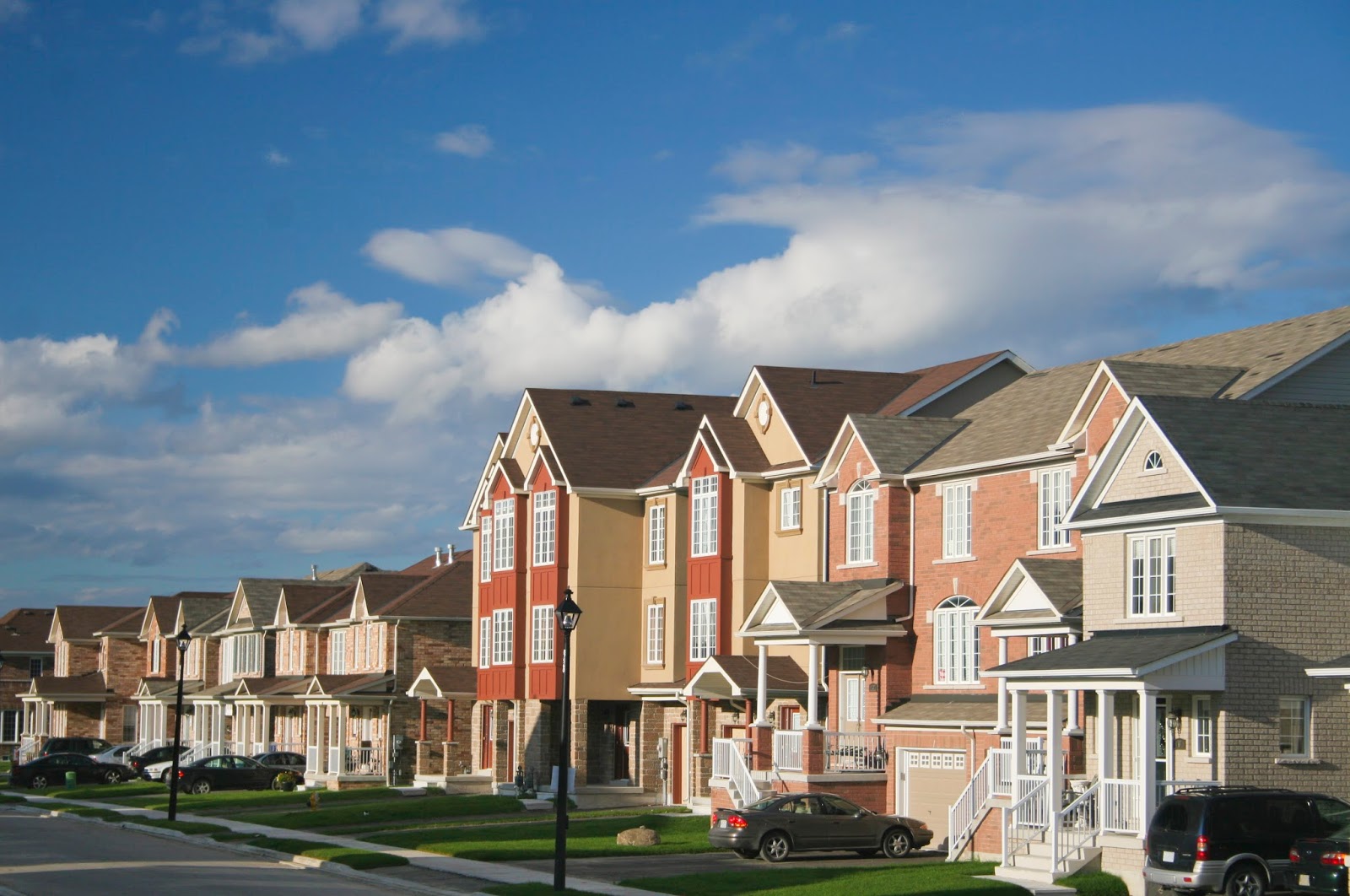From natural materials like slate and wood to manmade materials, for example, asphalt, sheet metal, and plastic polymers; there are more sorts and styles of material to browse today than at any other time. While each has its points of interest and inadequacies, they all can add an unmistakable outline component to your home. So how to choose a roof material for your home?
What to Look for in a Roof
Some of the questions that should be answered while selecting a roof:
- How long lasting is it?
- How does it react to natural disasters, hurricanes, extreme weather?
- Is it heavier than roofing framework?
- Can the material offer the type of slope required?
- How does it complement the house?
- Is the material nature friendly or recyclable?
- Does the material follow local building codes?
- What does it cost?
A few sorts of material might be more qualified for your home than others. Elements, for example, the incline of the rooftop and quality of the surrounding could restrict your decisions. In ranges inclined to rapidly spreading fires or typhoons, search for an item with a high fire rating or great wind resistance. Furthermore, steps can be taken amid the establishment of many sorts of material to enhance their imperviousness to flame or wind.
Asphalt Shingles
Asphalt shingles are the most prevalent kind of material for homes, contained in more than 80% of roofing market.
- Materials: Made of either a natural paper fiber tangle (better for frosty climate and wind resistance) or fiberglass (more fire and dampness safe) impregnated with asphalt and covered with mineral granules.
- Appearance: Available in customary 3-tab shingles or thicker overlaid architecture shingles.
- Eco-Friendly: Petroleum based item that is not eco-accommodating. Can be reused, regularly used to landfills.
- Durability: Not extremely sturdy. Green growth safe shingles are accessible in sticky atmospheres to counteract recoloring.
- Weight: Moderate in weight.
- Slope: Can be utilized on genuinely low to more extreme inclined rooftops.
- Fire and Wind: Good imperviousness to fire, reasonable wind resistance.
- Cost: moderate to inexpensive
Metal
While more costly than asphalt, metal material endures longer and is more wind safe.
- Materials: May be made out of steel, aluminum, copper, or zinc composite. Steel rooftops accompany either a zinc covering or painted wrap up. Copper rooftops are introduced incomplete and gain a defensive green patina with age.
- Appearance: Available in sheets or in shingles that look like different materials. Can be introduced with the latches concealed or uncovered.
- Eco-Friendly: May be produced using reused materials and can be reused when supplanted. Assimilate a third less warmth than black-top.
- Durability: Fairly to extremely sturdy, depend on material.
- Weight: Lightweight.
- Slope: Available for low or soak slanted rooftops.
- Fire and Wind: Good imperviousness to both fire and wind.
- Cost: Moderate (steel) expensive (copper).
Plastic Polymer
These solid manufactured material shingles take after either wood shakes or slate.
- Materials: Molded from a cutting edge plastic polymer material.
- Appearance: Made to look like slate or wood shakes.
- Durability: Claimed to be dependable and low support.
- Eco-Friendly: Some are produced using reused materials. Can be reused when supplanted.
- Weight: Light to direct in weight.
- Slope: Can be utilized on direct to soak slanted rooftops.
- Fire and Wind: Good fire and wind resistance.
- Cost: Moderate
Clay Tile
While weak and substantial, mud tiles can keep going quite a while and are exceptionally heat proof.
- Materials: Made from normal mud which is let go in an oven.
- Appearance: Traditional Italian or Spanish look, can likewise be made to take after wood shakes or slate.
- Eco-Friendly: Made from regular materials yet requires noteworthy vitality to produce.
- Durability: Long enduring and low support however fragile and can break.
- Weight: Heavy, require fortified rooftop frame structure
- Slope: Can be utilized on direct to more extreme slanted rooftops.
- Fire and Wind: Excellent imperviousness to fire, reasonable for low wind resistance.
- Cost: Expensive.
Concrete Tile
More affordable than earth tiles, solid rooftop tiles are likewise substantial however can keep going quite a while and are extremely fireproof.
- Materials: Made from a blend of Portland concrete and sand.
- Appearance: Can be made to take after conventional dirt tiles, wood shakes, or slate. Shading can be all through tile or just connected at first glance.
- Eco-Friendly: Made from regular materials however requires noteworthy vitality to make.
- Durability: Long enduring and low support however can break.
- Weight: Heavy, require fortified rooftop structure framework.
- Slope: Can be utilized on direct to more extreme inclined rooftops.
- Fire and Wind: Excellent imperviousness to fire, reasonable for low wind resistance.
- Cost: Moderate.


